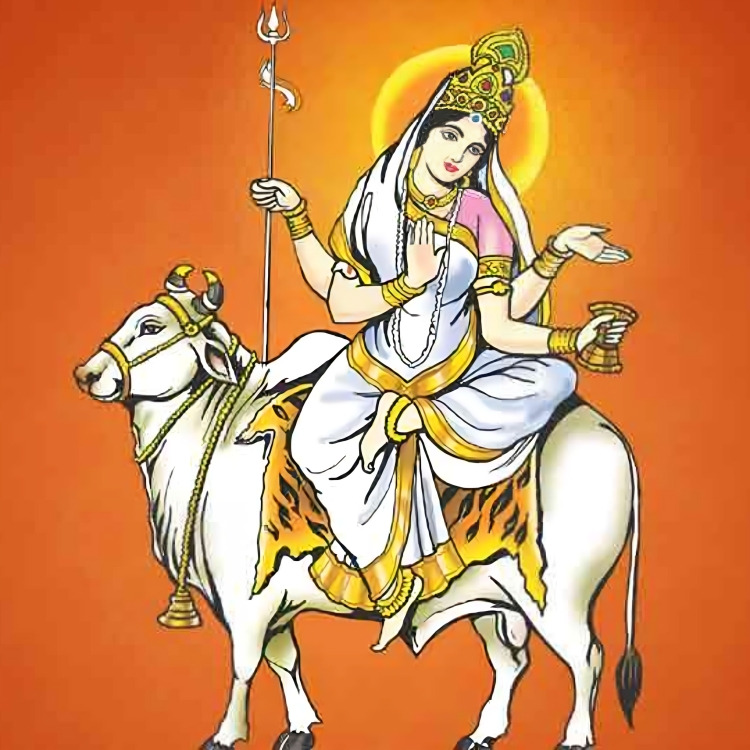Navaratri, a prominent nine-night festival celebrated with great enthusiasm and devotion in India, holds immense significance in Hindu mythology. The festival is dedicated to the worship of the divine feminine power, and each day of Navaratri is devoted to a different form of the goddess Durga. On the eighth day, which is known as Ashtami, the festival reaches its pinnacle, and the celebrations become more vibrant and energetic. Devotees observe Ashtami with great reverence, as it is believed to be one of the most auspicious days of the festival. This blog will delve into the energetic and unique significance of Navaratri Day 8, highlighting the customs, rituals, and cultural importance associated with this auspicious occasion.
Unleashing the Energy of Navaratri, Day 8:
- On Navaratri Day 8, which is also known as Ashtami, people celebrate with great fervor and devotion. It is believed that on this day, the goddess Durga defeated the demon Mahishasura, symbolizing the triumph of good over evil.
- Devotees gather in temples and homes to worship the goddess and seek her blessings. It is a day filled with vibrant energy as people immerse themselves in the festivities.
- The day is marked by various customs and rituals, including the performance of special pujas (prayers), the chanting of mantras, and the offering of food and sweets to the goddess.
- Additionally, cultural programs and events are organized across the country, showcasing the diversity and richness of Indian culture.
Customs and rituals:
- Kanya Pujan: On Navaratri Day 8, young girls, considered the embodiment of the goddess, are worshipped. Known as Kanya Pujan, this ritual involves washing the feet of young girls, offering them new clothes, and serving them a sumptuous meal. It is believed that by honoring these girls, one receives the blessings of the goddess Durga.
- Sandhi Puja: A significant ritual performed during the transition from Navaratri Day 8 to Navaratri Day 9, Sandhi Puja is conducted at the exact juncture when the eighth day ends and the ninth day begins. This puja is considered highly auspicious and is believed to be the most powerful time to seek the goddess’s blessings.
- Animal sacrifice used to be a common tradition in some regions of India, particularly in rural areas, where the goddess Durga was offered animal sacrifices on the eighth day of Navaratri. However, over time, this practice has decreased significantly due to ethical considerations and changing societal values.
Cultural Importance:
- The eighth day of Navaratri in India is a religious festival that commemorates the triumph of good over evil. The event highlights the country’s rich cultural legacy, featuring lively dances, music, and elaborate decorations.
- In West Bengal and Gujarat, thousands of participants and onlookers flock to witness the grand processions of Durga Puja and Garba. Overall, the eighth day of Navaratri is a harmonious fusion of religion, culture, and entertainment, showcasing India’s diverse and vibrant spirit.
Conclusion:
Navaratri Day 8, the penultimate day of the Navaratri festival, holds immense energetic and unique significance in India. It is a time when devotees come together to celebrate the victory of good over evil and seek the blessings of the goddess Durga. The customs, rituals, and cultural importance associated with this day make it a truly remarkable and unforgettable experience. Let us embrace the vibrant spirit of Navaratri Day 8 and revel in the joyous festivities that bring us closer to our roots and traditions.




